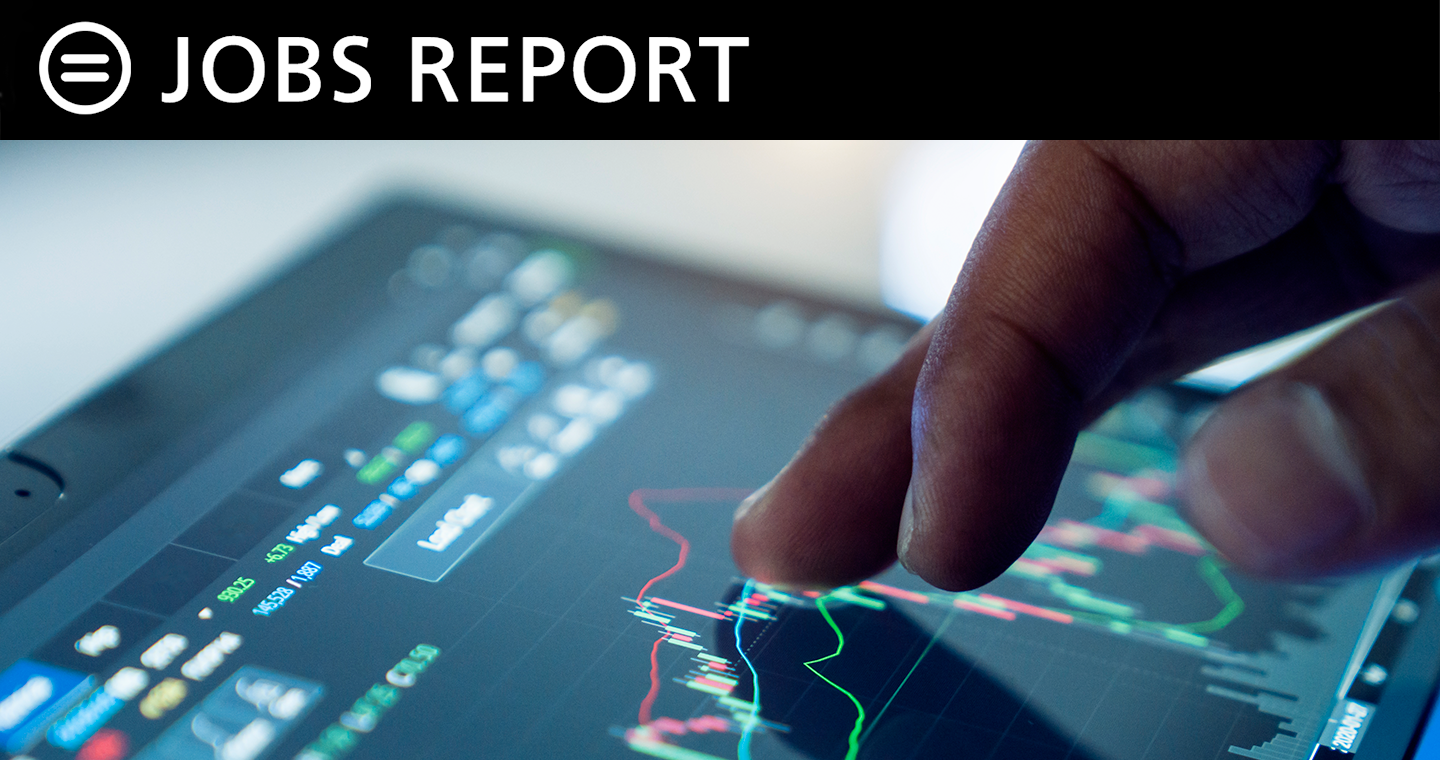November Jobs Report: U.S. Is on the Path to Stable, Balanced Economic Growth in 2022

Dr. Bernard E. Anderson
Whitney M Young, Jr. Professor Emeritus, The Wharton School, University of Pennsylvania
Senior Economic Advisor, National Urban League
In November, private payroll employment increased 250,000, while government employment declined by 25,000. The unemployment rate declined 0.4 points to 4.2%. In contrast to the payroll report, the household survey showed an increase in employment 1.14 million, the sharpest gap ever between the two surveys.
The numbers suggest that employment growth is adjusting to the labor market distortions generated by Covid 19 and is reverting to the mean. The average monthly growth over the last three months was 275,000, close to the average monthly job growth reported in the two years before the pandemic of 250,000 to 300,000 jobs.
Employment growth was tepid in many industries in November: down 20,000 in retail, up 23,000 in leisure/hospitality, little change in manufacturing and health care. Nurses are at full employment.
Long-term unemployment declined by 136,000 and U6, the “real unemployment rate,” declined 0.5 points to 7.8% The labor force participation rate increased 0.8 to 6.1% as more workers reentered the labor market. The decline in the unemployment rate suggests that most of those who reentered the labor market found jobs.
In the midst of labor market adjustments, there is little change in demographic disparities. In November, white worker employment grew by 647,000 and Black employment by 169,000. The white unemployment rate was 3.7% and the Black rate was 6.7%. Thus, the gap was 1.81, essentially the 2:1 gap that has persisted since the numbers were first collected by race six decades ago.
Labor shortages remain a major labor market problem. In contrast to past experience, the labor force participation rate failed to increase in response to increased labor demand. Labor shortages are the product of increased retirements, worker fear of virus infection, and a lack of available and affordable childcare for many working mothers. While the expiration of supplementary unemployment benefits had little effect on increasing labor force participation, the recently identified Omicron variant might put a damper on labor market improvement if it strikes the U.S.
Several policy developments will affect the short- and long-term economic outlook. Congress passed and the president signed the $1.4 trillion infrastructure act. As projects come on stream, increased spending will create thousands of middle-income jobs, improve facilities that will address supply chain bottlenecks, and expand internet service to non-urban areas among other major benefits. The Build Back Better Act passed the House and is now pending in the Senate. BBB, expected to be funded at more than a trillion dollars, will address several issues like childcare, the cost of medical care, and family leave that should restore the relationship between job creation and labor force participation. The energy provisions will contribute to long- term balanced economic growth.
In summary, the economic outlook is favorable as the nation approaches the new year. Several uncertainties, especially the path of Covid 19 could upset the outlook, but barring any new developments, the U.S. is on the path to stable, balanced economic growth in 2022.

